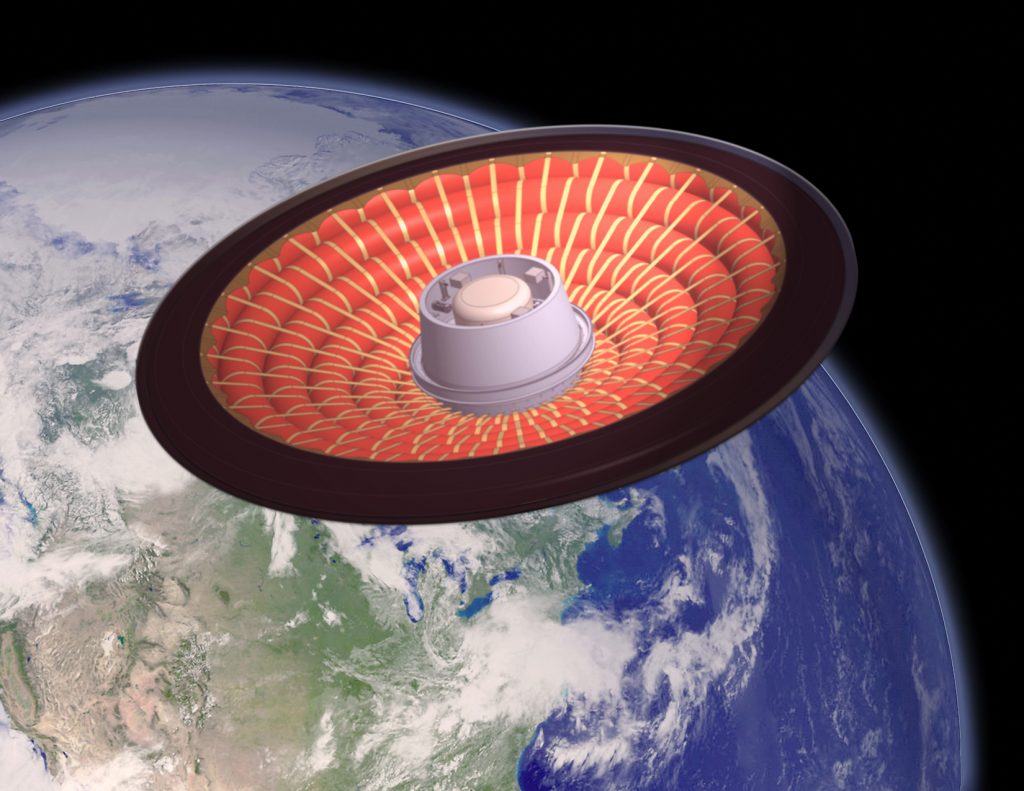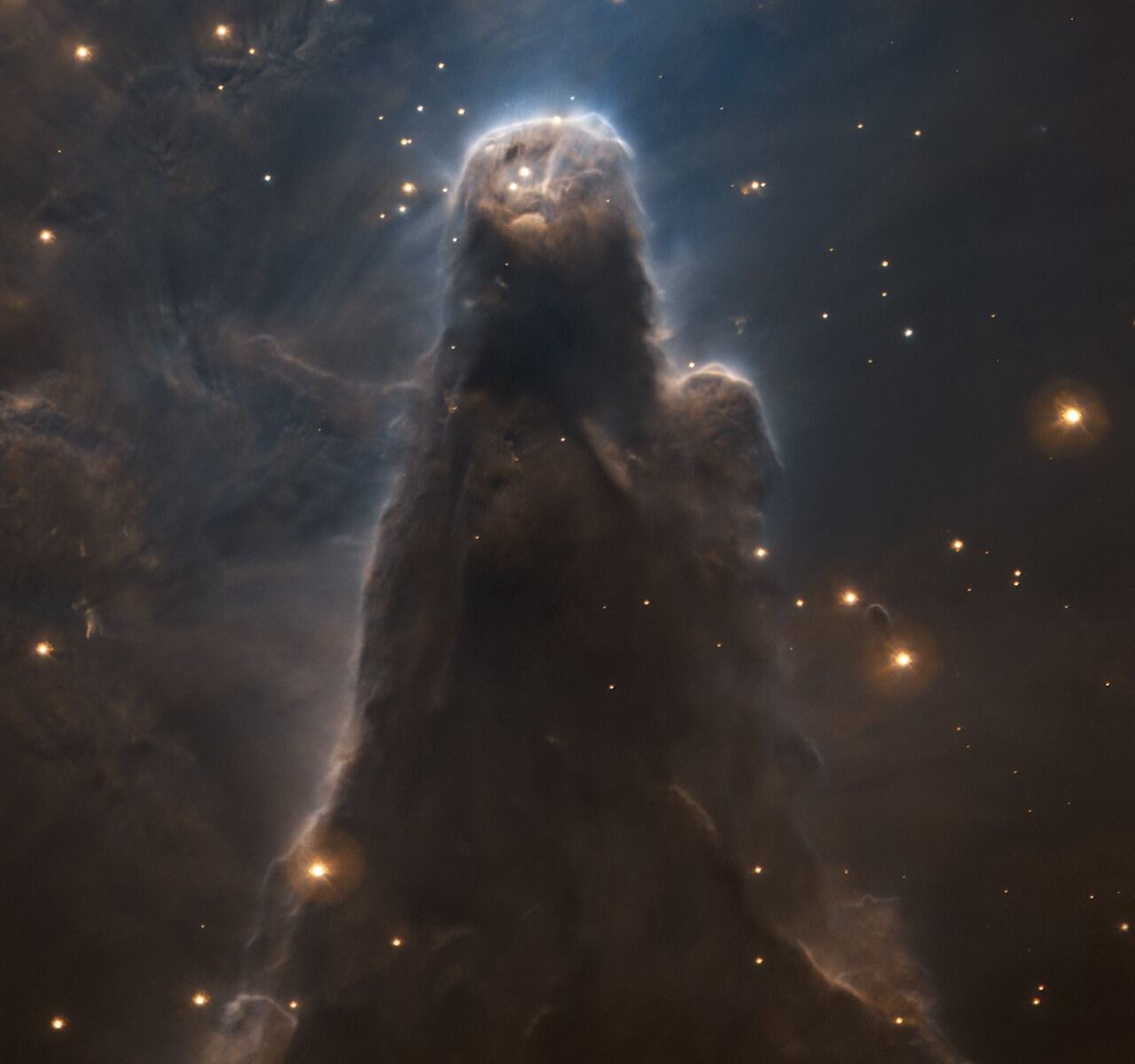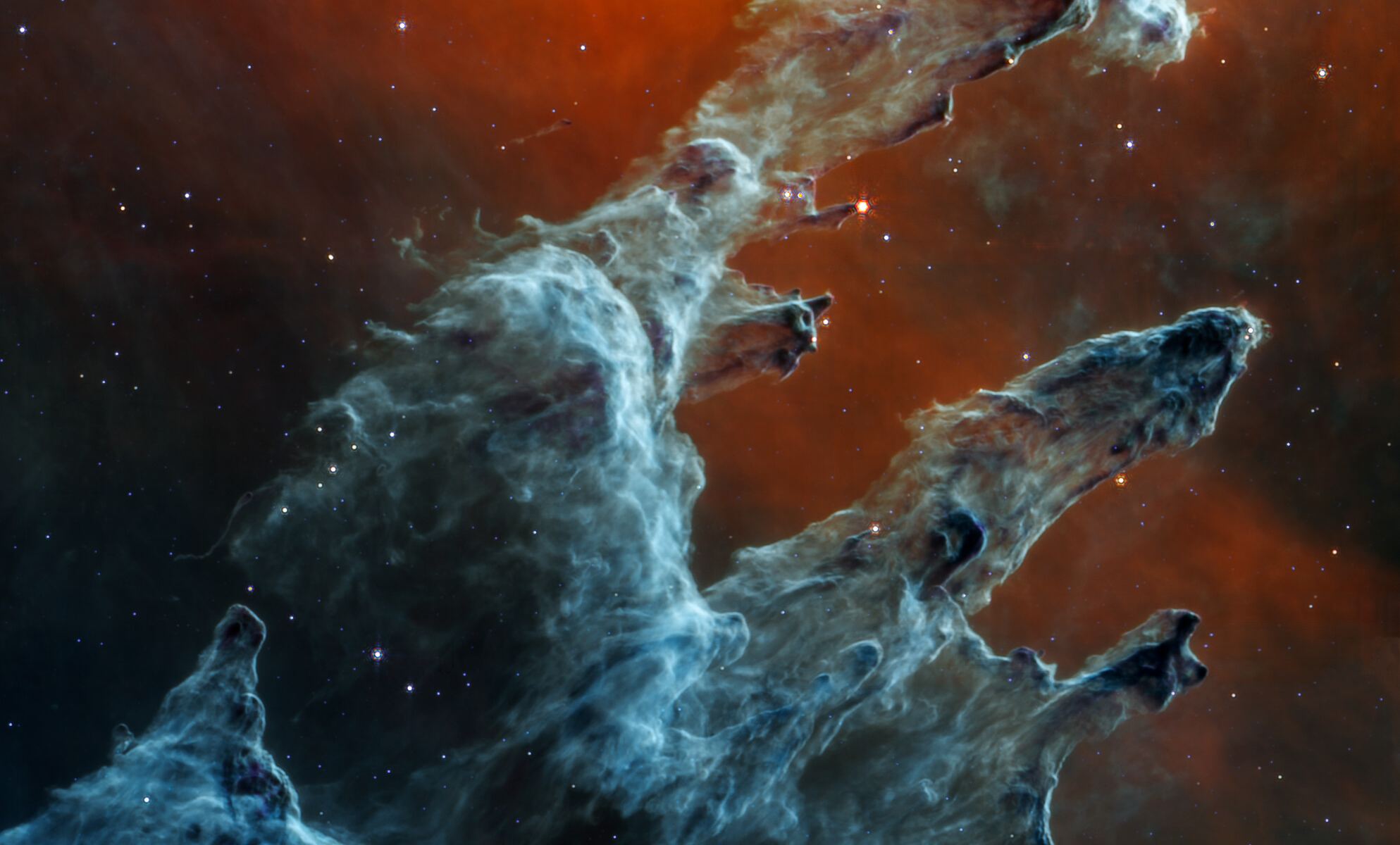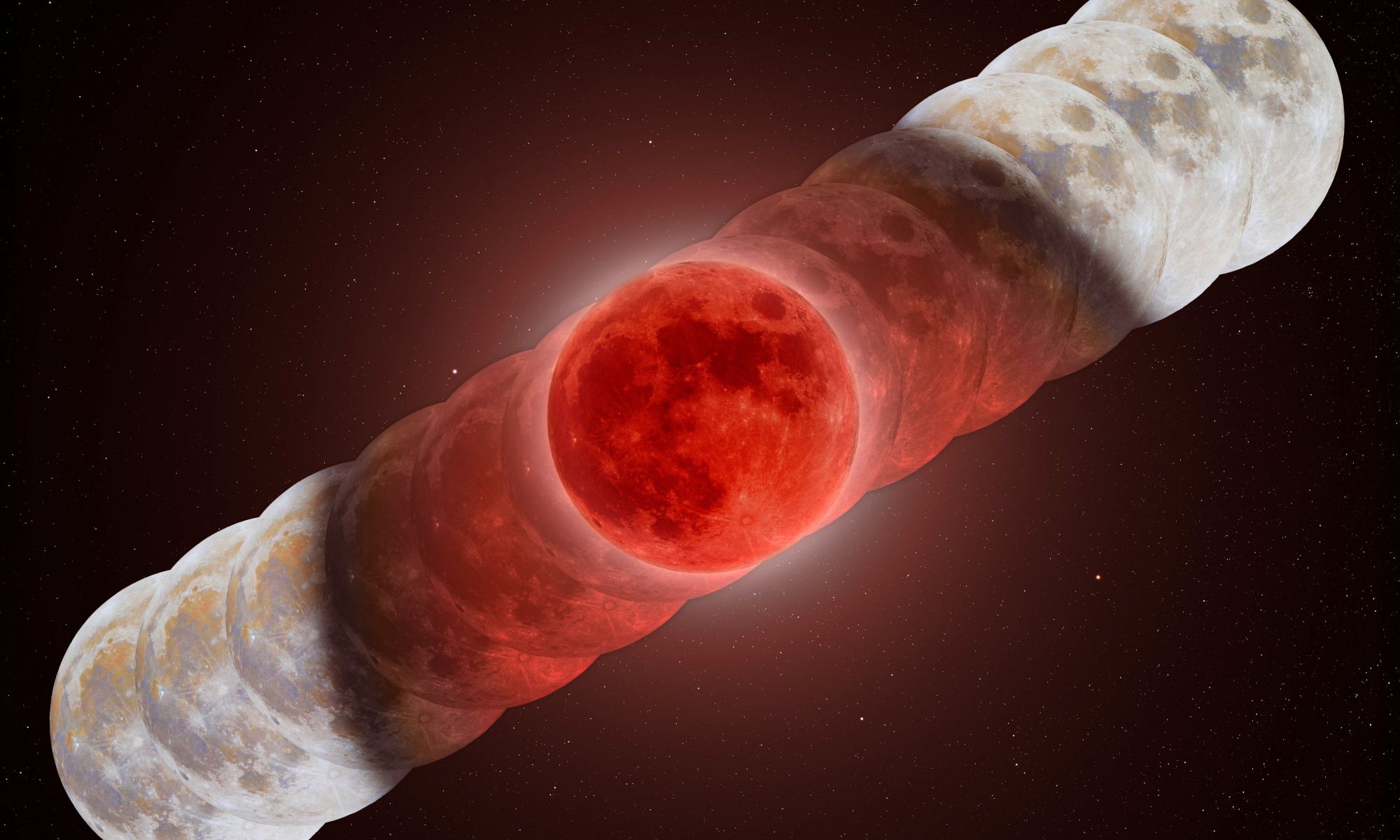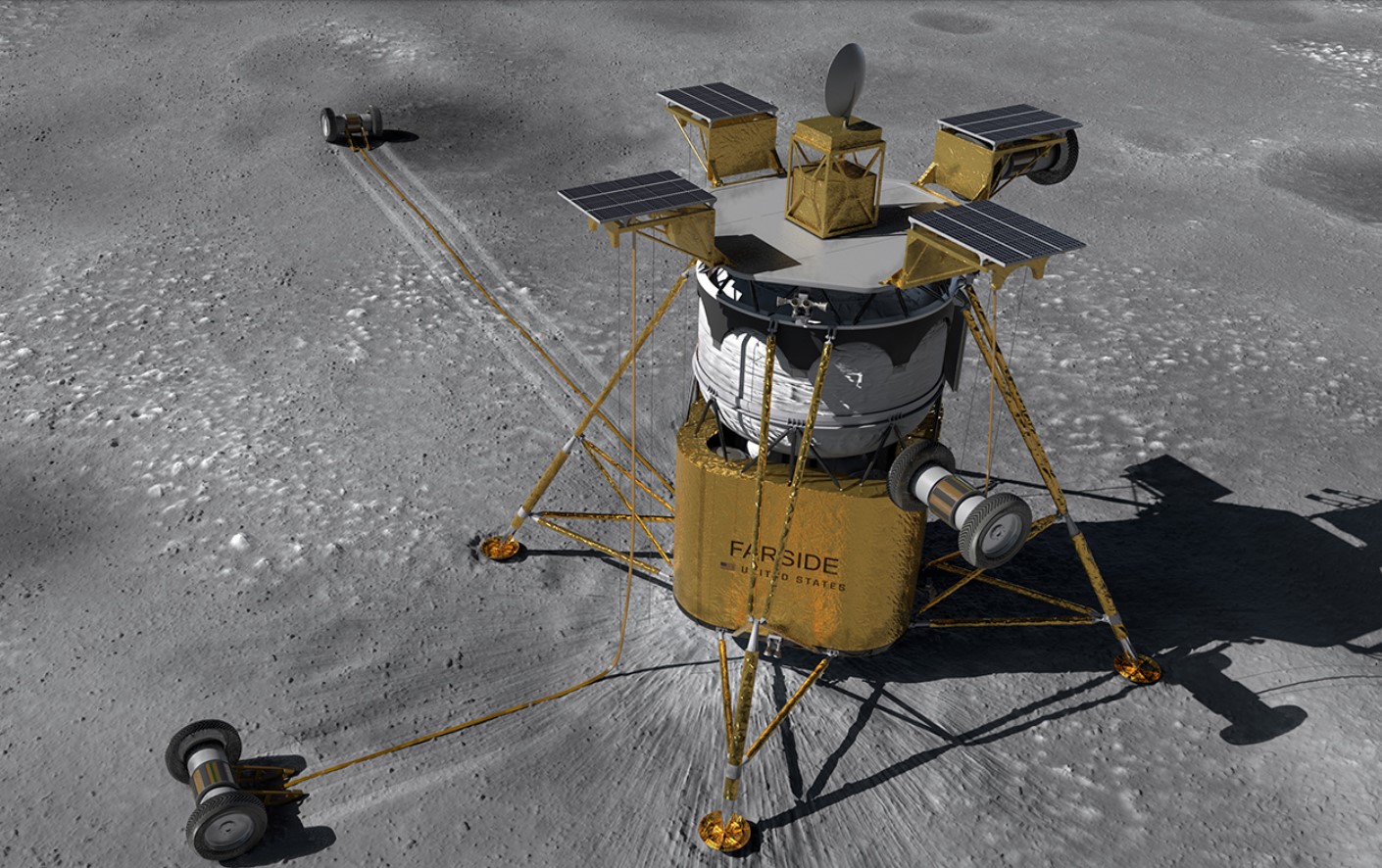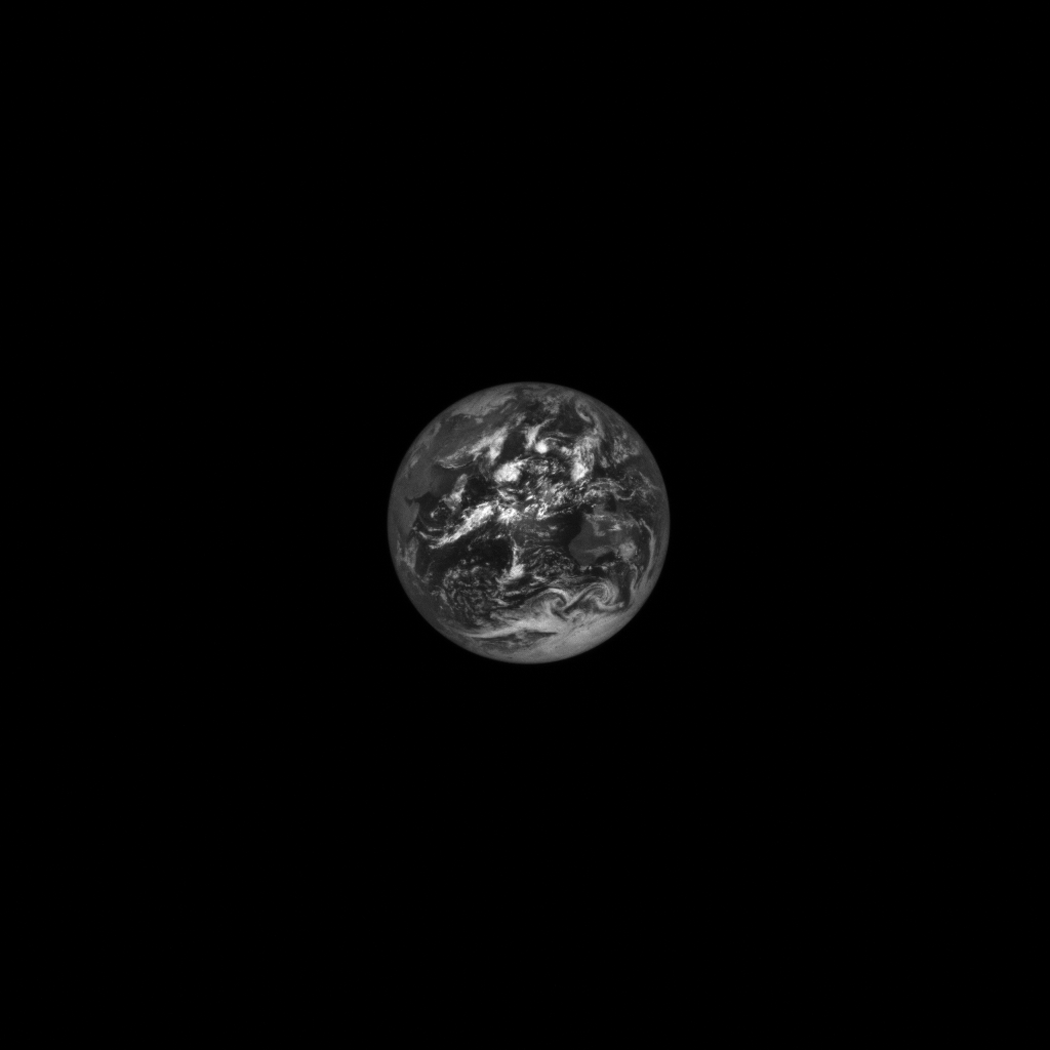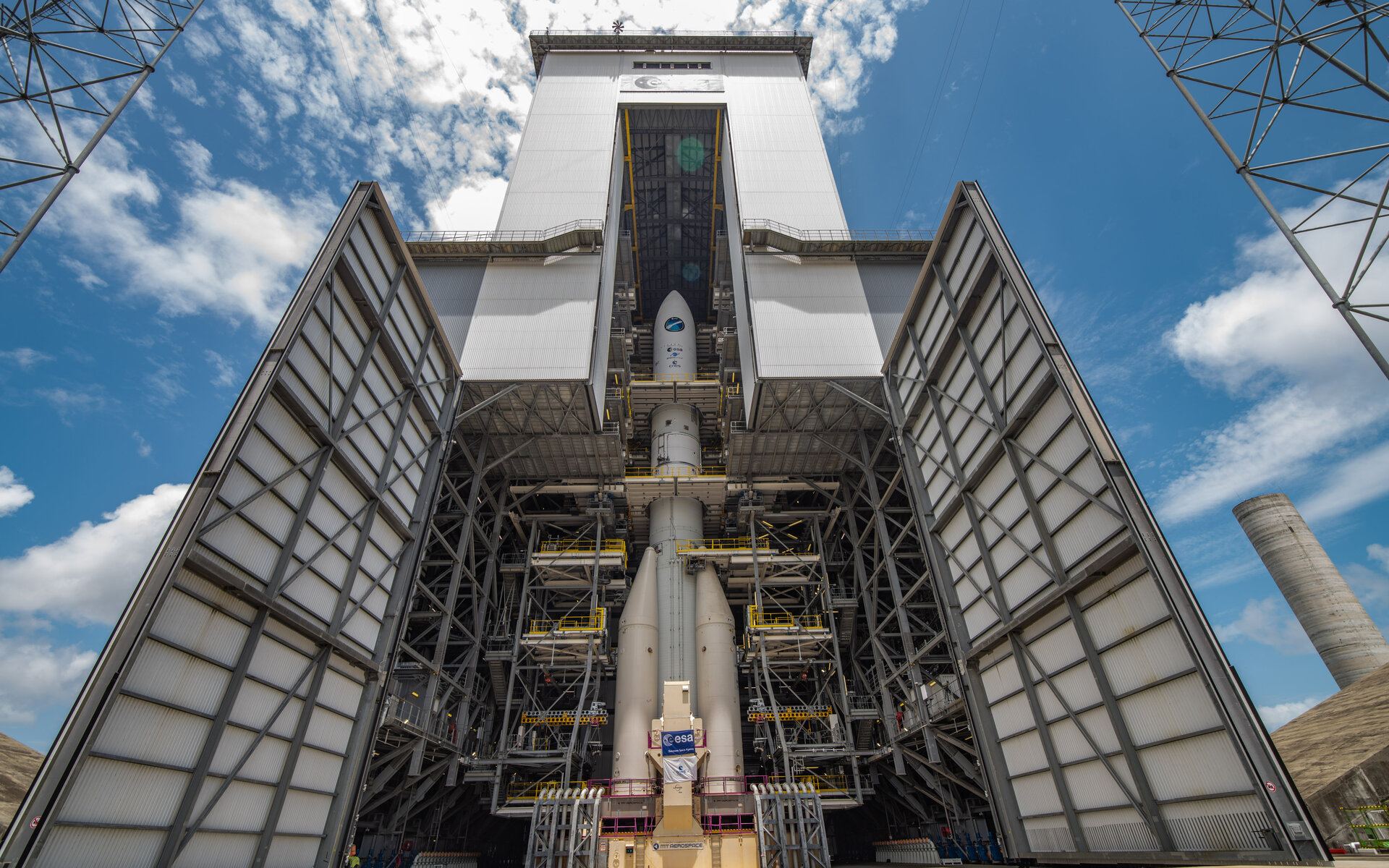A new type of heat shield was successfully tested last week, with the hopes this type of inflatable decelerator could be used in the future to land humans and large payloads on Mars or for atmospheric entry on other planets on moons.
The Low-Earth Orbit Flight Test of an Inflatable Decelerator (LOFTID) was launched aboard a United Launch Alliance (ULA) Atlas V rocket on November 10 from the Vandenberg Space Force Base in California. LOFTID was a secondary payload on the launch of the Joint Polar Joint Polar Satellite System-2 (JPSS-2) weather satellite.
Continue reading “NASA and ULA Successfully Test a Giant Inflatable Heat Shield That Could Land Heavier Payloads on Mars”
